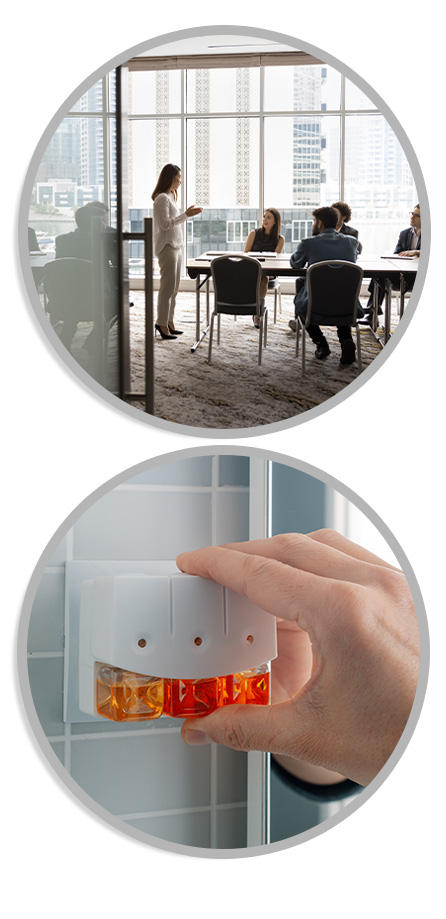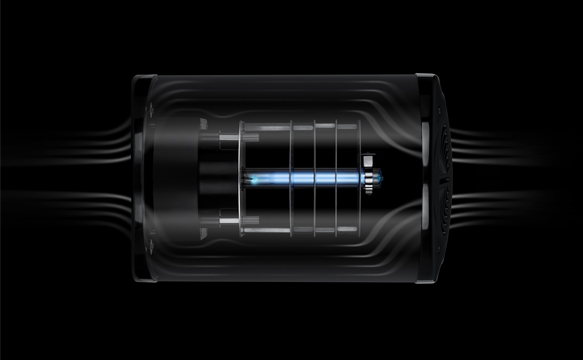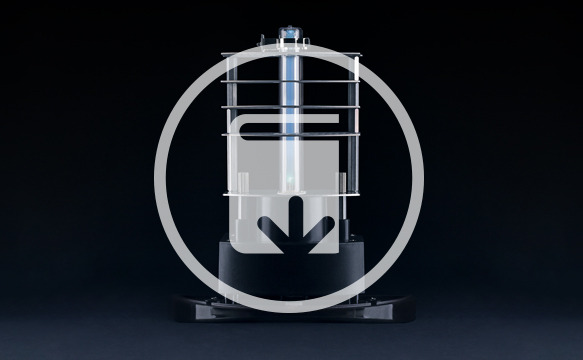Office air quality: prioritising health, not masking odours
In modern workplaces, employee wellbeing and indoor environmental quality are increasingly recognised as essential to productivity and satisfaction. Yet many offices still use automatic air fresheners or wall-mounted fragrance dispensers to manage odours. While these systems may create the impression of cleanliness, they do not contribute to actual hygiene and can introduce avoidable health concerns.
Fragrance is not a hygiene solution
Air fresheners are designed to mask smells using synthetic scents. These odours may come from washrooms, waste bins, food preparation areas, or simply the presence of many people in enclosed spaces. However, covering up these smells does not address their causes. In many cases, artificial fragrances combine with background odours to create an overpowering, stale atmosphere.
This is particularly noticeable in meeting rooms, shared workspaces, and communal areas where ventilation may be limited. Instead of suggesting freshness, the result often undermines the perception of cleanliness and comfort.
Chemical exposure in indoor environments
Fragrance products typically release a mix of volatile organic compounds (VOCs) such as ethanol, propan-2-ol, and synthetic aldehydes. In enclosed office spaces, regular exposure to these substances has been linked to headaches, eye and throat irritation, fatigue, and exacerbation of asthma or other respiratory conditions.
Some individuals also experience sensitivity to fragrance compounds, making these environments uncomfortable or even unworkable. As awareness grows, many organisations are reconsidering the use of air fresheners in line with workplace health policies.
A cleaner, quieter alternative
AIRsteril offers a different approach. Rather than introducing chemicals into the air, AIRsteril systems use ultraviolet light and catalytic reactions to neutralise odours, bacteria, viruses, and airborne pollutants at the source. These units operate quietly and continuously, with specific models designed for silent performance, without emitting fragrance or requiring daily input.
Test results have shown that AIRsteril units:
• reduce airborne viruses by over 99.99 percent within 10 minutes
• lower surface contamination in occupied areas by up to 95 percent
• reduce VOCs including formaldehyde without producing harmful by-products
• improve air quality in washrooms, corridors, break rooms, and shared offices
Supporting workplace wellbeing and sustainability
Providing clean, fresh air improves employee comfort and reflects a commitment to workplace health. Unlike fragrance systems, AIRsteril requires no refills, generates no chemical waste, and helps meet environmental and social governance (ESG) goals.
Clean air is also a key component of standards such as the WELL Building Standard, which encourages environments that support health and wellbeing. Improving indoor air quality through technology like AIRsteril can contribute to meeting these goals.
From small offices to corporate campuses, AIRsteril supports healthier indoor environments and a more professional atmosphere for staff and visitors alike.



